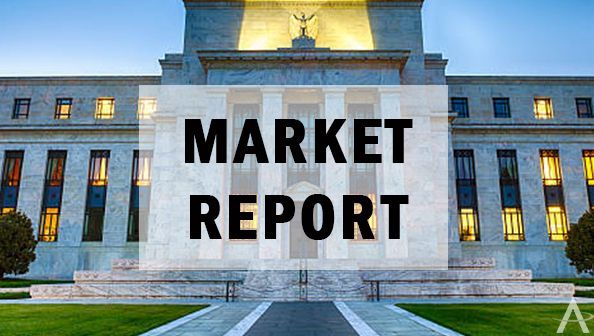The Fed Not Raising Interest Rates: What It Means for Investors

The Federal Reserve (Fed) is the central bank of the United States. It is responsible for setting monetary policy, which includes controlling interest rates. Interest rates are the price of money, and they affect the cost of borrowing and lending.
When the Fed raises interest rates, it makes borrowing more expensive and lending more attractive. This can slow down economic growth and help to bring down inflation. When the Fed lowers interest rates, it makes borrowing cheaper and lending less attractive. This can stimulate economic growth and help to boost inflation.
The Fed has been raising interest rates aggressively in 2023 in an effort to combat high inflation. However, at its most recent meeting in September 2023, the Fed decided to leave interest rates unchanged. This decision came as a surprise to many investors, who had been expecting another rate hike.
What does the Fed's decision mean for investors?
- Borrowing costs will remain low. This is good for businesses and consumers, who can now borrow money more cheaply to invest or make purchases.
- Investment returns will be lower. This is because interest rates are used to calculate the returns on many investments, such as bonds and CDs.
- There is a risk of a recession. If the economy does enter a recession, it could lead to lower stock prices and other asset losses.
What are ways that Affinity Capital addresses this situation?
- Invest in stocks that are likely to benefit from low interest rates. This could include stocks in sectors such as technology, healthcare, and consumer staples.
- Bonds can provide stability to a portfolio and can also generate income. However, investors should be aware that bond yields are likely to remain low for the time being.
- Portfolio diversification. We invest in a variety of sectors.
Remember, investing is a long-term game. We don’t make investment decisions based on short-term fluctuations in interest rates or the stock market. Instead, we focus on investing in companies with strong fundamentals and that are well positioned to grow over the long term.
We at Affinity Capital are here for you to discuss investing moving forward in a changing and challenging environment. Call or email to schedule an appointment.
Many of our new clients come from client referrals and we have provided service to these referrals in the form of portfolio advice, retirement planning and most recently assisting elderly parents in investing to meet their care needs. All referrals receive great care and confidentiality and we appreciate the trust you place in Affinity Capital when you refer your friend, colleagues or family.




